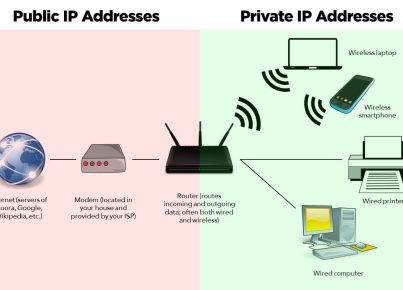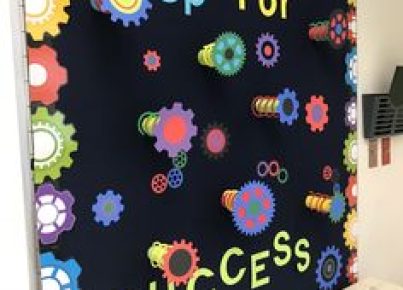In the evolving landscape of education, collaborative teaching has emerged as a progressive and effective model for enhancing student learning experiences. This instructional strategy harnesses the collective expertise, perspectives, and strengths of multiple educators to create an enriched and dynamic classroom environment.
At the heart of collaborative teaching is the dream teaching team—a group of educators who work in sync to plan, instruct, and assess learners. These teams may be interdisciplinary, bringing together teachers from different subject areas to integrate curricula, or they may be grade-level teams focusing on the specific needs of students at that developmental stage. Whatever their structure, successful collaborative teams possess certain characteristics:
1.Diversity: A dream team values diversity in skills, teaching styles, and subject knowledge. This variety fosters a more holistic approach to education and allows students to benefit from multiple viewpoints.
2.Communication: Effective communication is the glue that holds the dream team together. Regular and open dialogue enables team members to coordinate lesson plans, share insights about student progress, and support each other both personally and professionally.
3.Flexibility: The ability to adapt plans and teaching styles not only reflects responsiveness to student needs but also is a hallmark of a well-functioning team. Flexibility allows for the incorporation of innovative teaching methods and seamless transitions among various instructional roles.
4.Mutual Respect: A culture of professional courtesy and mutual appreciation among teachers helps nurture a positive atmosphere conducive to collaboration. Each team member’s contributions are valued equally, discouraging competition while promoting shared ownership.
5.Student-Centered Focus: Ultimately, the driving force behind any dream team is student success. Collaborative teachng teams remain steadfastly committed to adapting their collective approach based on what is best for their students’ learning outcomes.
Effective collaboration often results in co-teaching scenarios where educators jointly deliver instruction within the same classroom setting. Here are a few co-teaching models that can elevate collaborative efforts:
– Lead and Support: One teacher leads the instruction while another provides targeted support to individual students or small groups.
– Parallel Teaching: The class is split into smaller groups with each teacher handling a section; essentially ‘parallel’ lessons are conducted covering the same material.
– Team Teaching: Both teachers share responsibility equally for planning, delivering instruction, and reviewing content with students actively involved.
– Station Teaching: Students rotate through various stations or workshops which are managed by different teachers emphasizing particular aspects of the curriculum.
The implementation of these approaches demands not only commitment from individual teachers but also institutional support in terms of professional development, time allocation for planning sessions, and resources necessary to facilitate co-teaching arrangements.
Moreover, assessment in such a model becomes more comprehensive as it incorporates diverse perspectives on student achievement—providing a 360-degree view on both academic performance and soft skills development.
In conclusion, creating your dream teaching team through collaborative practices is not just beneficial but transformative for educational experiences. It encourages innovation in pedagogy, deepens student engagement with content from multiple angles, supports differentiated learning, and ultimately cultivates an inclusive community that extends beyond classroom walls. Engaging in collaborative teaching sets forth a journey towards unity with one common destination—empowering students to reach their highest potential.





